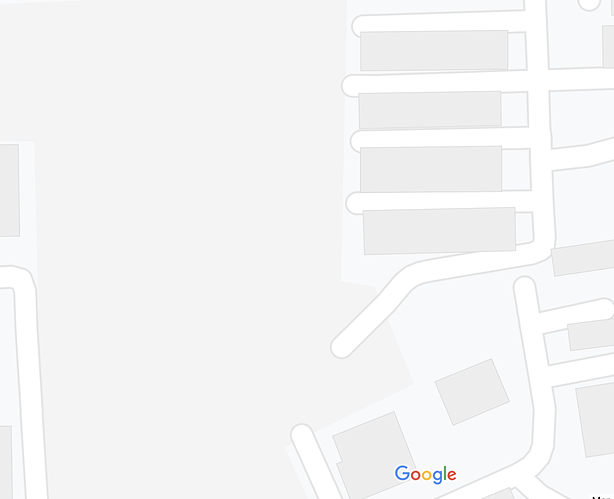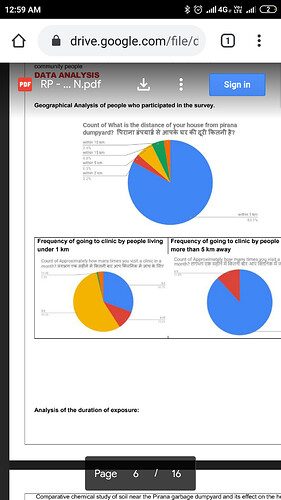Hello team ![]()
I gave gone through the research paper that you all produced together (although under tight timelines). You’ll have already done a lot of work, including collecting and testing soil samples and building an air pollution monitor yourself using Arduino. This is really awesome and exciting. I would love to work with you all on taking this research forward. Over the next few weeks, we can work on making your data visible to other scientists and researchers across the country.
Please involve all your team members in the discussion. Summarise the points discussed and write a post about:
![]() What was your research question? Why is it important to study this?
What was your research question? Why is it important to study this?
![]() What was the hypothesis? What methodology did you use to test this hypothesis?
What was the hypothesis? What methodology did you use to test this hypothesis?
![]() What were your findings? What was conclusive and what more would you like to know?
What were your findings? What was conclusive and what more would you like to know?
I know you all are keen to take some action against the environmental pollution that is affecting people in the area. Remember that in order to take legal action, you will have to build a strong case based on documentation and evidence.
I hope you enjoy engaging with this platform, since your team has an interest in technology, tinkering and self-driven learning. Please ask people who are part of this online community for feedback and inputs on your work. If you want to share your research paper with them, you can uploading it here. I am looking forward to learning from your team about the features and functionality of ‘Open Street Maps’ when we meet next. As we saw yesterday, there’s so much information missing on Google Maps, even while using satellite mode. Why not create our own?
Here’s a team motto that we can work with:
Let’s be part of the upload (not only download) culture of India.

